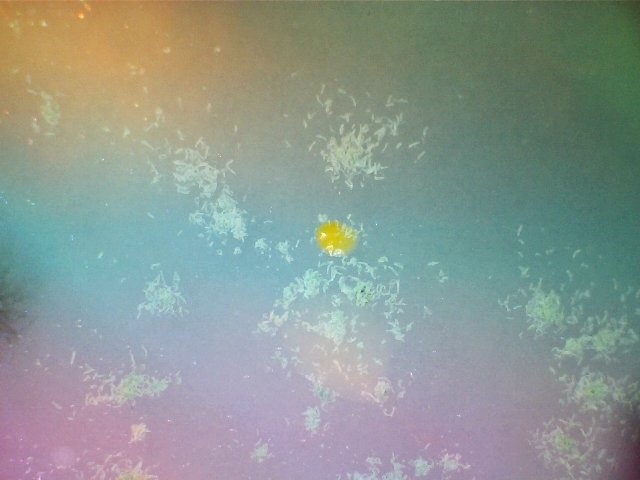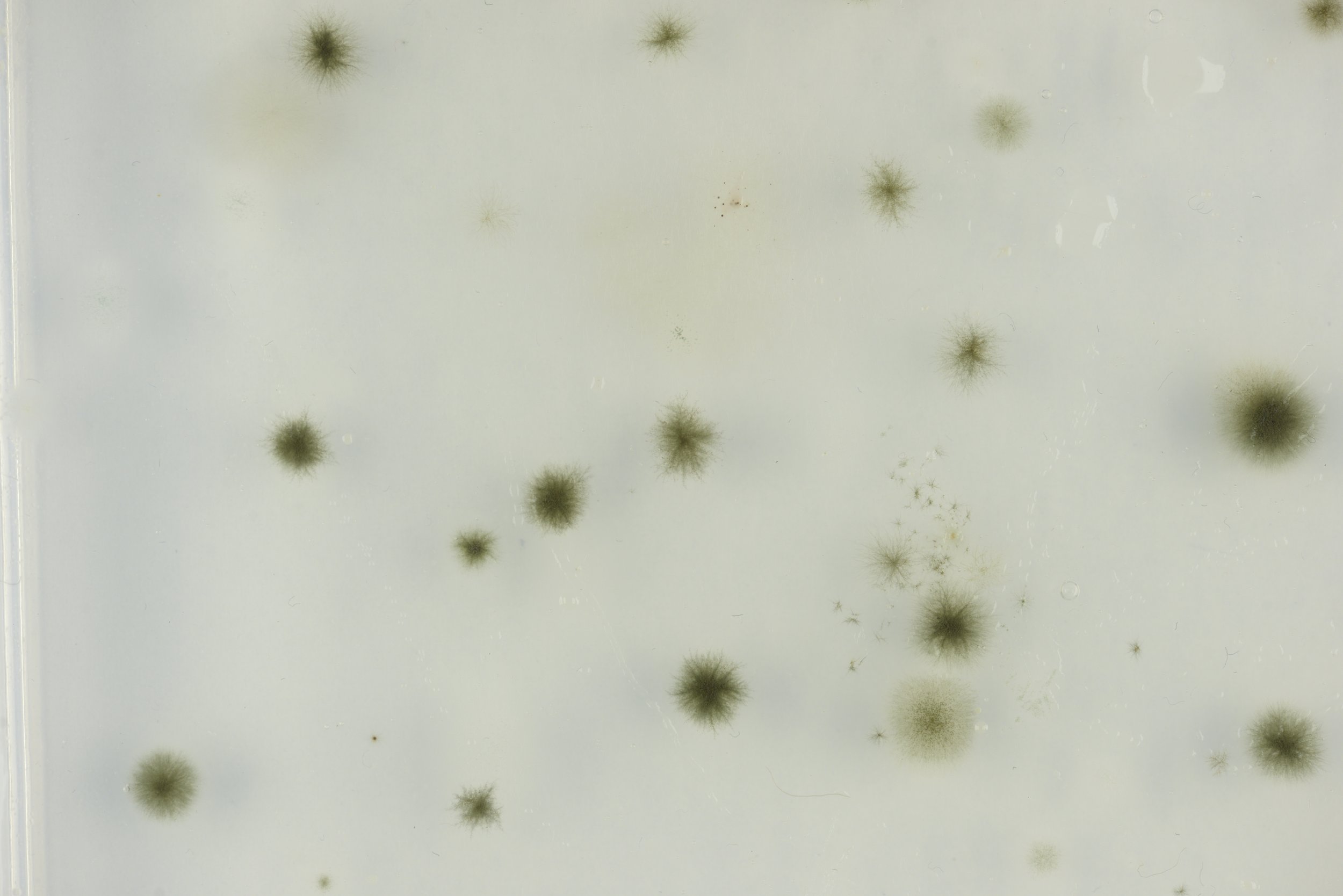
Pseudomonas aeruginosa
and Genetic Sonication
Concept
Here I continued to use Pseudomonas aeruginosa, as my showcase organism (specifically regions of sRNA), which are areas targeted when performing identifications.
The aim of this work was to incorporate genetic sonification as another input to build music. Previously work by other artists has focused on genetic sonification as the primary source of the music. I see this approach as expanding the creative possibilities away from specific biotechnologies.
The resulting genetic-based music I describe as “PA sRNA” on the resulting SoundCloud tracks

Work in the field
Genetic information has been translated into music sound previously.
In microbiology-focused projects, two examples are:
"Invisible You" by Victoria Shenan (artist) and Jack Hurst (composer) music based on the genetic information of the human microbiome, including information from proteins and enzymes made by bacteria
“3607 _ Bacterial Soundscape” by Kexin Liu uses "16s amplicon sequencing, the bacterial make-up is analysed and then translated into soundscapes."
The work is "a mix of literal transcription and human interpretation of the bacteria information we have, capturing the elusive beauty of bacterial lifeforms."
In both cases, the works use the 16sRNA sequences as a basis for the sound. I will also be using RNA information as the basis of the work.
Jack Hurst - collaborative musician on the “Invisible You” soudnscape. The work sounds like ambient synthesier music
Kexin liu (Jiajing Zhao) Bacterial Soundscape. This work sounds similar to the music made by the Tenori -On

Max Exp software
In Kexin Liu bacterial sound scape, software Max Exp is used to create the sound. It is software to build your own synthesiser. Max ESP looks fun to use and is already utilised by professional artists. However, there is a subscription to use the software and looks like it would require a high amount of effort to master, therefore I decide to utilise something a little simpler. Which would be a partial direct translation from 16sRNA information. The genetic bases which make up DNA all match key on the keyboard except 'T'.
Max software for programming inputs to sound
Pseudomonas aeruginosa Genetic Code
The genetic sequences of bacteria are available within The International Nucleotide Sequence Database Collaboration, which is free to use and access. This was the starting point in my research.
Specifically I used sRNA genetic sequences for Pseudomonas aeruginosa (shown to the right) The sequences all match notes on a keyboard - apart from T, which I initially considered to substitute with its opposite base pair A! or with a rest.
After discussion with Tom Hyatt, (researcher) and music we discussed other possible approaches such as the relationship between the base pairs which make up DNA. C pairs with G, A pairs with T. In musical terms, C + G are 5ths. This concept can then be expanded to create the chord C major 7th, which is a good sounding chord! This gave me options to play the bases singularily, as 5ths or C major 7th Chord. I am limiting the generic sonification to only Pseudomonas aeruginosa as fundamentally all organisms are based on the same DNA code and therefore there is not much to gain musically by addition of other species!


